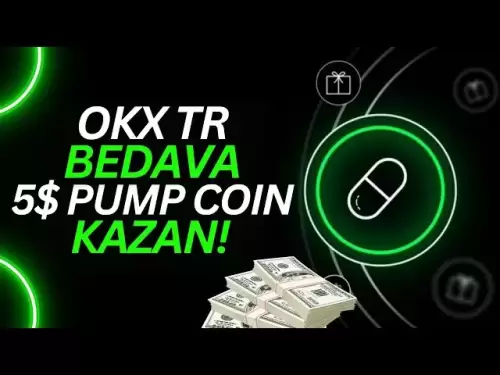-
 Bitcoin
Bitcoin $117400
-0.46% -
 Ethereum
Ethereum $3768
0.60% -
 XRP
XRP $3.551
2.09% -
 Tether USDt
Tether USDt $1.000
0.00% -
 Solana
Solana $203.2
11.30% -
 BNB
BNB $770.9
1.92% -
 USDC
USDC $0.9999
0.01% -
 Dogecoin
Dogecoin $0.2709
-0.02% -
 Cardano
Cardano $0.9024
4.49% -
 TRON
TRON $0.3139
0.60% -
 Hyperliquid
Hyperliquid $45.60
-1.41% -
 Stellar
Stellar $0.4730
-1.34% -
 Sui
Sui $4.025
2.15% -
 Chainlink
Chainlink $19.79
2.19% -
 Hedera
Hedera $0.2724
-2.39% -
 Avalanche
Avalanche $25.93
3.05% -
 Bitcoin Cash
Bitcoin Cash $524.0
-1.83% -
 Shiba Inu
Shiba Inu $0.00001558
0.50% -
 Litecoin
Litecoin $116.7
-0.30% -
 UNUS SED LEO
UNUS SED LEO $8.996
0.00% -
 Toncoin
Toncoin $3.334
1.83% -
 Polkadot
Polkadot $4.506
0.34% -
 Uniswap
Uniswap $10.99
4.83% -
 Ethena USDe
Ethena USDe $1.001
0.03% -
 Pepe
Pepe $0.00001461
3.17% -
 Monero
Monero $320.3
-1.01% -
 Bitget Token
Bitget Token $4.935
0.36% -
 Dai
Dai $0.9998
0.00% -
 Aave
Aave $322.4
-1.25% -
 Bittensor
Bittensor $455.6
9.33%
What are view and pure functions in Solidity?
In Solidity, view functions read blockchain data without modifying it, while pure functions perform calculations without accessing or altering state variables.
Jul 22, 2025 at 12:00 pm
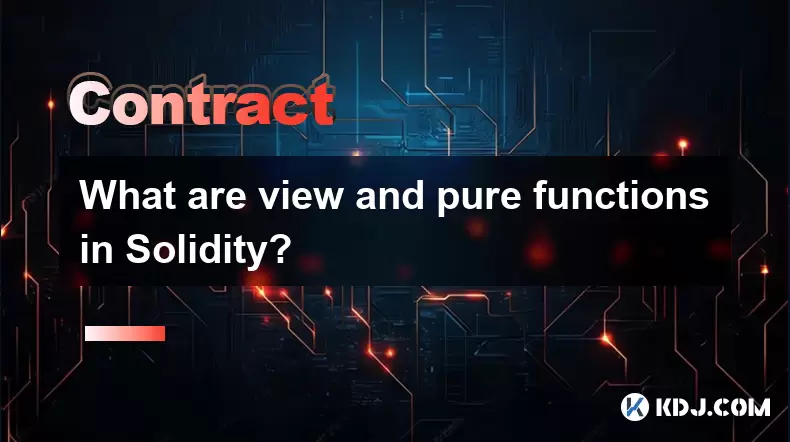
Understanding the Concept of View Functions in Solidity
In Solidity, a view function is a type of function that promises not to modify the state of the blockchain. These functions are typically used to retrieve data from the blockchain without changing any values. When a function is marked as view, it ensures that it only reads data and does not perform any operations that alter the state, such as writing to variables, creating contracts, or sending Ether.
One of the key characteristics of view functions is that they can be called without incurring any gas fees. This is because they do not change the state, and therefore, they can be executed locally by a node without the need for a transaction. Developers often use view functions to provide external access to contract data, such as querying balances, retrieving mapping values, or returning the current status of a contract.
It is important to note that if a view function attempts to modify the state, the Solidity compiler will throw an error. This ensures that developers adhere to the intended behavior of these functions and maintain the integrity of the blockchain.
Exploring Pure Functions in Solidity
A pure function in Solidity is even more restrictive than a view function. A pure function not only avoids modifying the state but also avoids reading from the state. These functions are used when the output depends solely on the input parameters and does not rely on any stored data within the contract.
Like view functions, pure functions do not require gas to execute when called externally, as they do not interact with the blockchain state. They are particularly useful for performing calculations or transformations based on input values, such as hashing, mathematical operations, or string manipulations.
If a pure function tries to read from or write to the state, the compiler will raise an error. This strict enforcement helps prevent unintended side effects and ensures that these functions remain deterministic and predictable.
How to Declare View and Pure Functions
Declaring a view or pure function in Solidity is straightforward. Both keywords are added to the function definition after the parameter list but before the return statement. Here’s how you can declare them:
For a view function:
function getBalance(address account) public view returns (uint) {return balances[account];}
For a pure function:
function add(uint a, uint b) public pure returns (uint) {return a + b;}
In the first example, the view keyword indicates that the function will only read from the state variable balances. In the second example, the pure keyword ensures that the function does not read or write any state variables and only performs a calculation based on the provided parameters.
These modifiers are essential for optimizing gas usage and ensuring the correct behavior of smart contracts.
Common Use Cases for View and Pure Functions
View functions are commonly used for:
- Retrieving balances or other state variables
- Returning contract metadata
- Providing insights into the internal state without modifying it
Pure functions are typically used for:
- Performing mathematical computations
- Hashing or encoding data
- Validating input parameters without accessing contract state
By using these types of functions appropriately, developers can ensure that their contracts are efficient, predictable, and safe from unintended modifications.
Best Practices When Using View and Pure Functions
- Always mark functions as view or pure if they meet the criteria. This helps optimize gas costs and improves code readability.
- Avoid using view or pure functions when you need to perform state changes. Doing so will result in a compilation error.
- Use pure functions for utility operations that do not rely on contract state.
- Be cautious when using external calls within view or pure functions. Although the compiler allows it, calling external contracts may introduce unexpected behavior or state changes.
Following these best practices ensures that your smart contract remains secure, efficient, and easy to understand for other developers.
FAQ Section
Q: Can a view function call a pure function?
Yes, a view function can call a pure function without any issues since both do not modify the state.
Q: Is it possible to have a function that is both view and pure?
No, a function cannot be both view and pure. The pure modifier is more restrictive and implies that the function does not read the state either.
Q: What happens if I try to modify the state in a pure function?
The Solidity compiler will throw an error if a pure function attempts to read from or write to the state.
Q: Do view and pure functions cost gas when called externally?
No, calling view or pure functions externally does not cost gas because they do not modify the blockchain state.
Disclaimer:info@kdj.com
The information provided is not trading advice. kdj.com does not assume any responsibility for any investments made based on the information provided in this article. Cryptocurrencies are highly volatile and it is highly recommended that you invest with caution after thorough research!
If you believe that the content used on this website infringes your copyright, please contact us immediately (info@kdj.com) and we will delete it promptly.
- BlockchainFX, PEPE, and USDT: What's the Buzz in the Crypto Jungle?
- 2025-07-22 18:50:12
- Ripple's RLUSD: Institutional Backing Fuels Stablecoin Ascent
- 2025-07-22 18:30:12
- Dogecoin, AI Coins, and the Future of Crypto: What's the Hype?
- 2025-07-22 18:30:12
- Weak Passwords, Hackers, and Company Breaches: A Tech Expert's Wake-Up Call
- 2025-07-22 18:50:12
- Jito Labs' BAM on Solana: A New Era for DeFi or Just Hype?
- 2025-07-22 18:55:13
- Web3 Applications: Delivering Tangible Value in the Real World
- 2025-07-22 16:50:12
Related knowledge
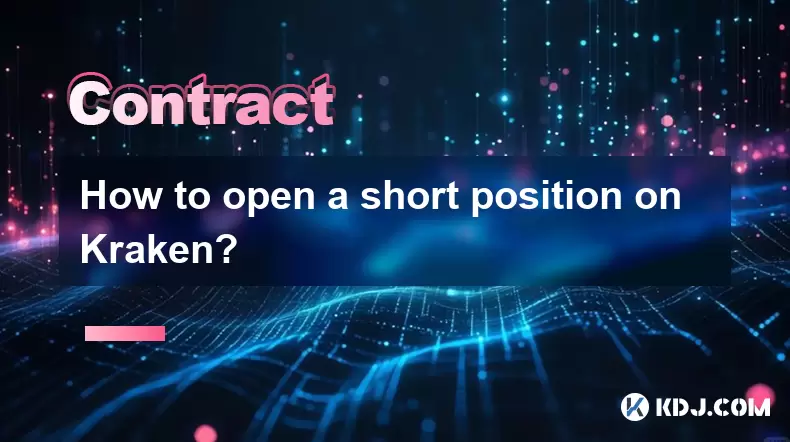
How to open a short position on Kraken?
Jul 22,2025 at 05:00pm
Understanding Short Positions in CryptocurrencyA short position allows traders to profit from a decline in the price of an asset. On Kraken, this is p...
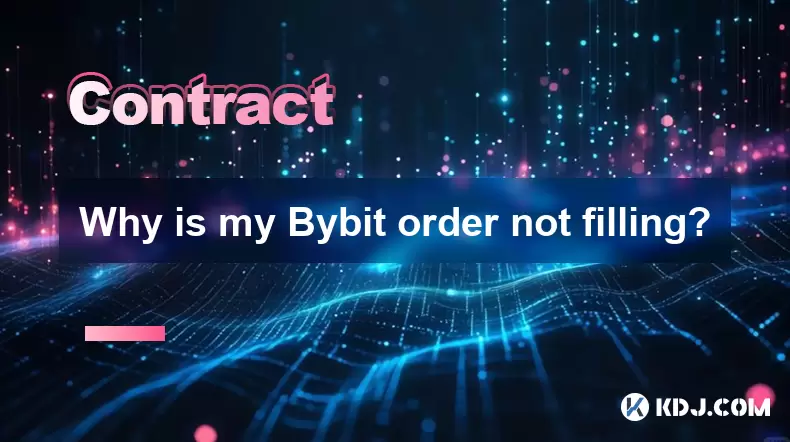
Why is my Bybit order not filling?
Jul 22,2025 at 03:50pm
Understanding Order Types on BybitWhen your Bybit order isn’t filling, the first step is to verify the order type you selected. Bybit offers several t...
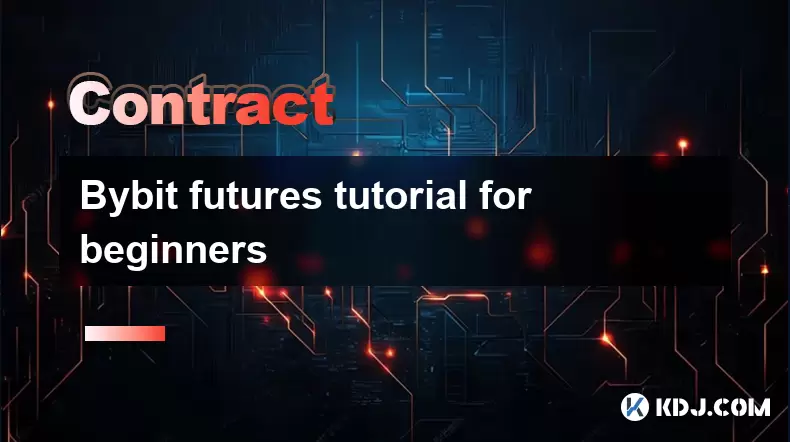
Bybit futures tutorial for beginners
Jul 22,2025 at 04:49pm
Understanding Bybit Futures: What Are They?Bybit futures are derivative contracts that allow traders to speculate on the future price of cryptocurrenc...
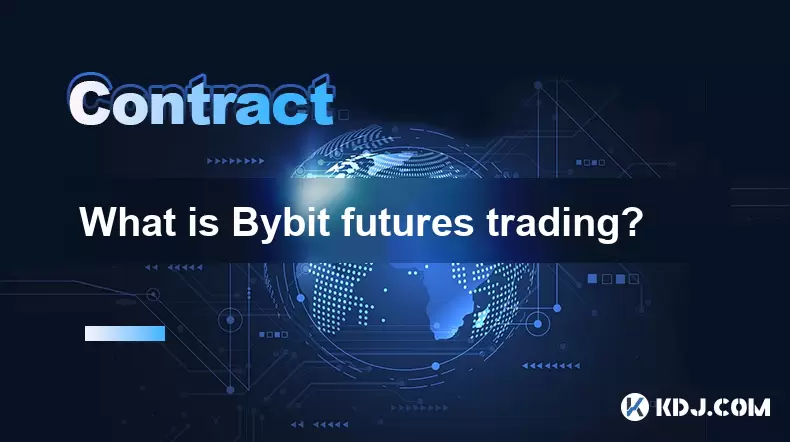
What is Bybit futures trading?
Jul 22,2025 at 04:14pm
Understanding Bybit Futures TradingBybit futures trading refers to the process of buying and selling futures contracts on the Bybit exchange, a platfo...
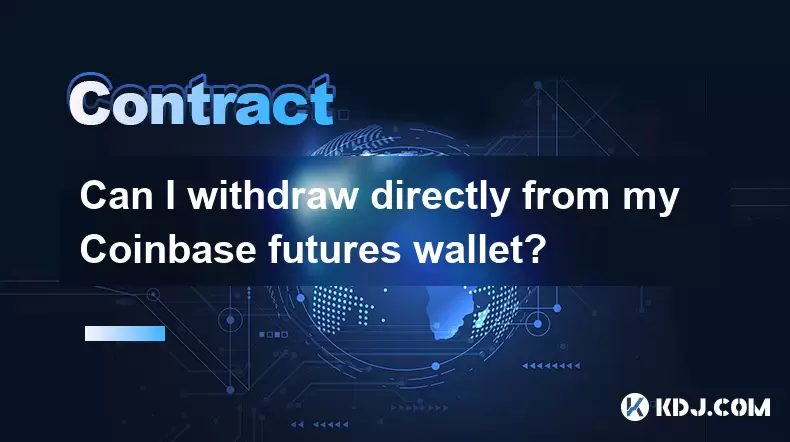
Can I withdraw directly from my Coinbase futures wallet?
Jul 22,2025 at 02:14pm
Understanding Coinbase Futures WalletsCoinbase does not currently offer a dedicated futures wallet within its standard Coinbase app or platform. Futur...

What is the insurance fund for Coinbase futures?
Jul 22,2025 at 06:22pm
Understanding the Insurance Fund MechanismThe insurance fund on Coinbase Futures serves as a financial backstop designed to prevent losses for profita...

How to open a short position on Kraken?
Jul 22,2025 at 05:00pm
Understanding Short Positions in CryptocurrencyA short position allows traders to profit from a decline in the price of an asset. On Kraken, this is p...

Why is my Bybit order not filling?
Jul 22,2025 at 03:50pm
Understanding Order Types on BybitWhen your Bybit order isn’t filling, the first step is to verify the order type you selected. Bybit offers several t...

Bybit futures tutorial for beginners
Jul 22,2025 at 04:49pm
Understanding Bybit Futures: What Are They?Bybit futures are derivative contracts that allow traders to speculate on the future price of cryptocurrenc...

What is Bybit futures trading?
Jul 22,2025 at 04:14pm
Understanding Bybit Futures TradingBybit futures trading refers to the process of buying and selling futures contracts on the Bybit exchange, a platfo...

Can I withdraw directly from my Coinbase futures wallet?
Jul 22,2025 at 02:14pm
Understanding Coinbase Futures WalletsCoinbase does not currently offer a dedicated futures wallet within its standard Coinbase app or platform. Futur...

What is the insurance fund for Coinbase futures?
Jul 22,2025 at 06:22pm
Understanding the Insurance Fund MechanismThe insurance fund on Coinbase Futures serves as a financial backstop designed to prevent losses for profita...
See all articles

























